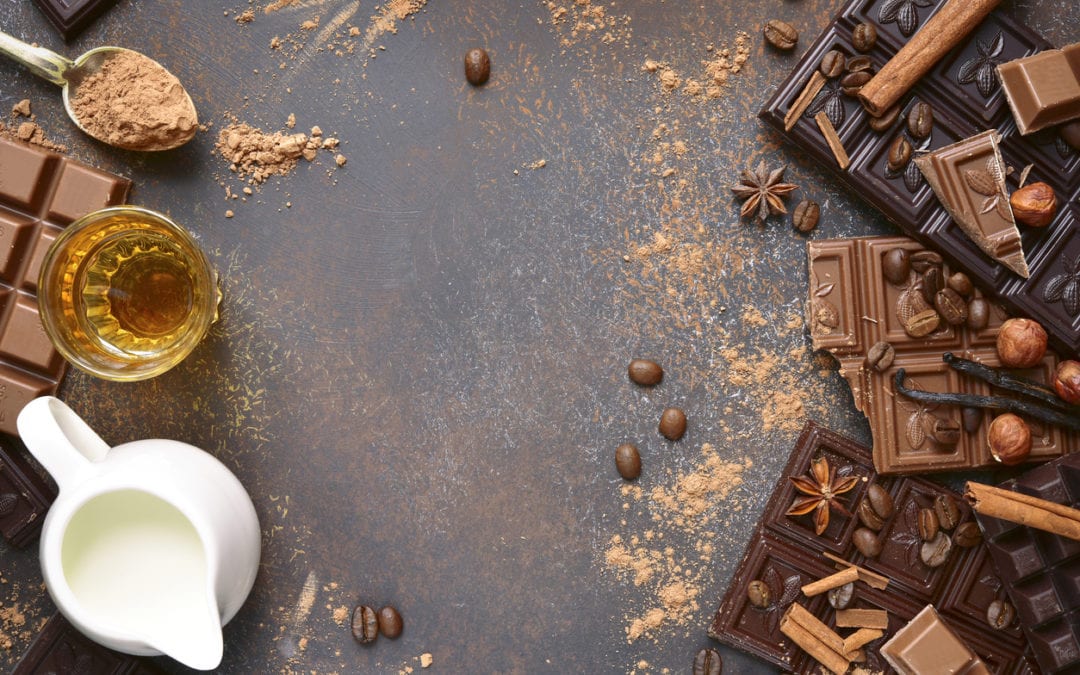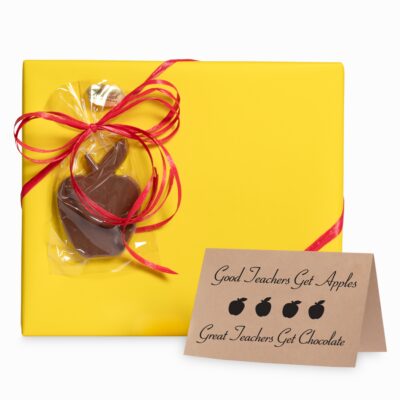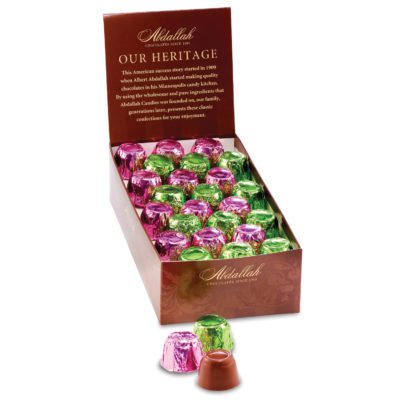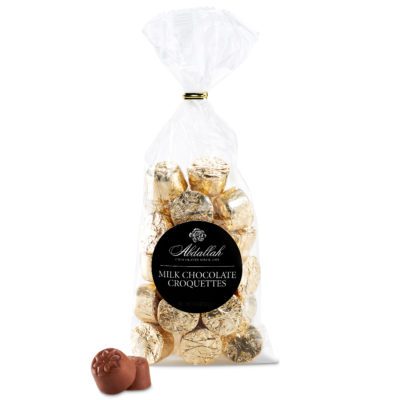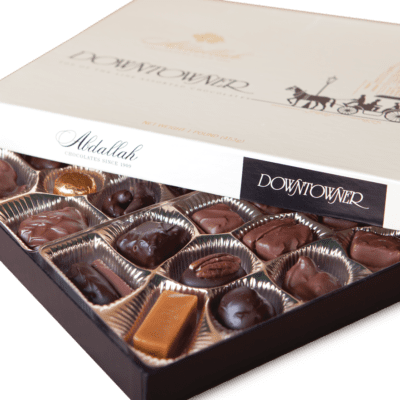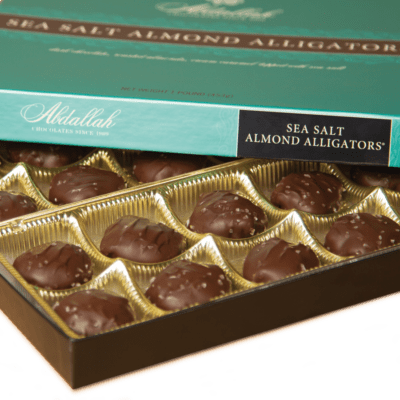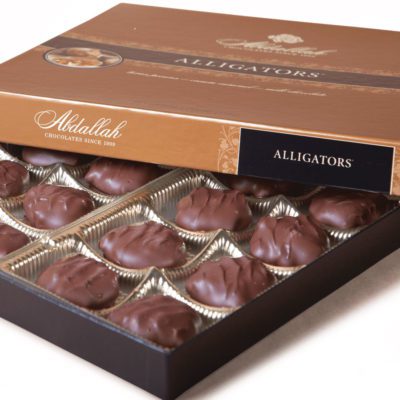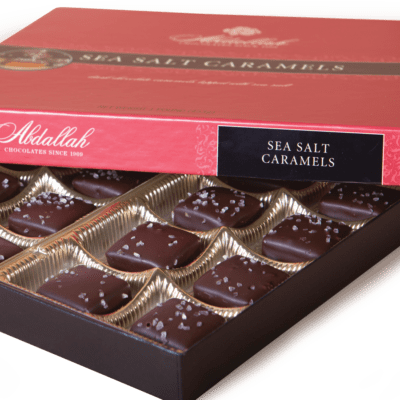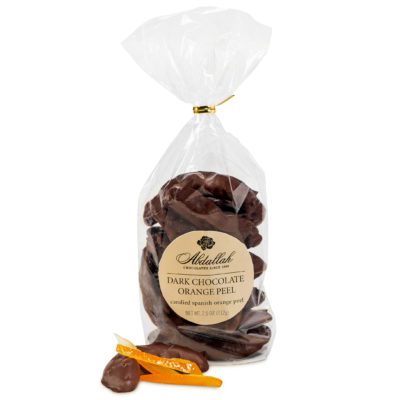For you, chocolate is a sensory experience. You don’t just inhale; you savor and explore. Each bite you consume becomes a celebration for your taste buds. And whenever possible, you try to draw out each experience so you can enjoy your chocolate to the fullest.
But not all chocolate deserves your time and attention. Cheap chocolates taste more like cardboard than sugar. And some chocolates have a grainy texture that you find off-putting. Have you ever wondered how you can tell which chocolates are the best? We’ll show you how.
Fortunately, you can weed out the inferior chocolates from the divine with a few easy steps. As you shop for your next box of chocolate-covered caramels or malted milk balls, make sure your chocolate has all of the following.
Cocoa Should List High on the Ingredient List
When you look at the ingredient label, you will always see the most prominent ingredients listed first. Although cocoa (and its derivatives cocoa butter, cocoa liquor, cocoa solids, cocoa mass, etc.) doesn’t have to be the first ingredient you see, high-quality chocolates will definitely have a higher percentage of cocoa than their cheap counterparts.
Keep in mind that the more cocoa a piece of chocolate has, the more bitter it may taste. A chocolate with 80% cocoa will taste too bitter for snacking, though it will work well for baking. If you prefer dark chocolate, look for pieces with about 50% to 60% cocoa. Milk chocolate should have about 20% to 25% cocoa.
The Chocolate Wrapper Should Be Dark and Sealed Tight
Few things seem more inviting than shelves upon shelves of chocolates on display. When you enter a chocolate shop, your eyes immediately admire the delightful variation of browns, creams, and whites. And you may even start salivating at the sight of so many delicious piles and stacks of treats to sample.
However, don’t expect these openly displayed confections to last long. Exposure to heat causes the fats in the chocolate to bloom, or travel to the surface of the chocolate, resulting in grey or white streaks. Exposure to humidity causes the sugar to bloom, so the sugar recrystallizes on the chocolate’s surface.
If you want your chocolate to maintain the purest, most consistent flavor for the longest time, make sure it has a dark, tightly sealed wrapper. And if you plan to save your chocolate for later, store it in cool temperatures, about 54 degrees to 68 degrees Fahrenheit.
The Chocolate Should Look Uniform
When you open your chocolate for the first time, take a few moments to closely inspect the individual pieces. The chocolate should have a smooth, uniform color and a matte (with a slight gloss) finish. The chocolate should look (and feel) silky.
If you see grey or white streaks, or if you spot small crystals on the surface, you can assume the makers did not store the chocolate properly and it has since spoiled. Although properly stored chocolate can last for several years, discard any chocolates past their expiration dates.
You Should Smell Sweet, Robust Aromas
You don’t have to be a chocolate connoisseur to know what good chocolate smells like. When you sniff your chocolate, it should smell strongly of chocolate, with a few hints of vanilla, hazelnut, strawberry, mint, caramel, or other key ingredients.
Your chocolate should not smell spicy or frozen. As chocolate can quickly absorb odors from other foods, you should be wary of chocolate that smells of soap, perfume, inks, or glue, as these scents indicate poor packaging and storage.
If you store chocolate in your fridge or freezer for later, do not place it next to garlic, onion, or other strong-smelling ingredients.
You Should Hear a Snap When You Break It
High-quality chocolate undergoes a tempering process which involves heating and cooling the chocolate repeatedly. Tempering encourages the cocoa butter in the chocolate to harden into a crystalline pattern. This pattern reduces the likelihood of fat and sugar bloom, raises the melting temperature (so it doesn’t melt in your hands), and extends the shelf-life of the chocolate.
Although you can’t always see when chocolate has been tempered, a tell-tale sign of tempering is a sharp snap when you break or bite into the piece. Poorly made chocolate will crumble when you try to break it, though some milk and white chocolates will bend rather than snap due to their higher percentages of sugar and milk.
The Chocolate Should Melt in Your Mouth
One of chocolate’s key ingredients, cocoa butter, has a unique melting point. It softens at about 85 degrees Fahrenheit, and completely melts at about 93 degrees Fahrenheit.
Although temperatures vary by a few degrees, the average human hand maintains an exterior temperature of about 93 degrees Fahrenheit, and the human mouth maintains a temperature of 98.6 degrees Fahrenheit.
As a result, good chocolate will soften and start to melt when you hold it in your hands, but it should dissolve completely when you put it in your mouth. Lower-quality chocolate, on the other hand, will have additional ingredients that will change its melting point. Some chocolates will take on a grainy, dough-like texture rather than melting, even at higher temperatures. Of course by the time you’re eating the chocolate, you can likely already taste if it’s high quality or not!
Enjoy the Best Quality Chocolate
Now that you know how to sift the good chocolate from the bad, have fun exploring what different chocolate makers have to offer you. You’ll soon know how to pick the best chocolates from the batch, so every bite is worthy of your tongue.
If your mouth is watering and you’re in the mood for some of the best chocolate in the world, check out some of our specialties. Make your own box or browse our store for fourth generation recipes!


